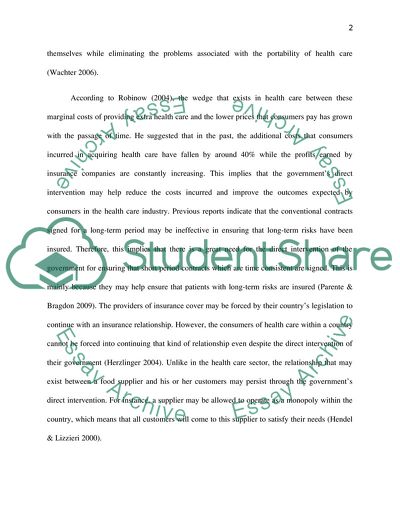Cite this document
(The Analysis of Health Economics Literature review, n.d.)
The Analysis of Health Economics Literature review. https://studentshare.org/macro-microeconomics/1782830-health-economic
The Analysis of Health Economics Literature review. https://studentshare.org/macro-microeconomics/1782830-health-economic
(The Analysis of Health Economics Literature Review)
The Analysis of Health Economics Literature Review. https://studentshare.org/macro-microeconomics/1782830-health-economic.
The Analysis of Health Economics Literature Review. https://studentshare.org/macro-microeconomics/1782830-health-economic.
“The Analysis of Health Economics Literature Review”. https://studentshare.org/macro-microeconomics/1782830-health-economic.


